A Brief History of Tulane’s Football Culture
September 4, 2014
The opening of Yulman Stadium this Saturday marks a new era of tailgating and tradition for Tulane University. Tulane has not had its own stadium for almost 40 years since the old Tulane Stadium closed in 1974.
After the 1974 football season, Tulane demolished the stadium and relocated football to the Mercedes-Benz Superdome, then called the Louisiana Superdome. University Archivist Ann Case said that shift marked changes in student life and tailgating surrounding the football game.
“You saw it then and you see it now – it’s hard for students to tailgate at the Superdome,” Case said.
Case said a variety of factors caused tailgating challenges. With the move to the Superdome, Case said, there was a noticeable drop-off in organized school sprit directed toward Tulane football. Prior to the move to the Superdome, Tulane had many unique football traditions and customs.
Garb:
Case said students commonly dressed up for Tulane’s football games.
“Students used to wear their Sunday best to the football games,” Case said. “Ladies would be wearing their pearls and guys would be dressed preppy.”
Women also commonly wore Tulane pins and charms to the football games.
According to Tulane’s 1957 Jambalaya yearbook, all Tulane freshmen were required to wear dark colored hats known as “Greenie Beanies.” Freshmen were encouraged to wear the beanie all year to activities.
Traditions and Student Groups:
Students mainly celebrated for the football games by hosting bonfires and pep rallies. Case said she is unaware of the magnitude and extent of student tailgating at Tulane Stadium, as tailgating is not documented in the archives. Students did, however, bring their personal alcoholic beverages into Tulane Stadium.
In addition to the pep band and cheerleaders, there were multiple spirit-oriented student groups during the time of Tulane Stadium. The Tulane University Spirit Klub, earlier known as Tulane University Rooters Klub, was made up of students from Greek life, the football team and cheerleading squad. They sponsored pep rallies, bonfires, upperclassmen versus underclassmen tug of war, parades, stadium card displays, skits and dances, as well as organized team send-offs. The Greenbackers were another similar sprit organization made up of students from all facets of Tulane life.
“There were decorating competitions between fraternities and sororities, especially around homecoming time,” Case said.
An additional Tulane spirit group known as the Young Brunologist Society worked toward raising and cultivating the school spirit of Tulane students. The club met in a wooden clubhouse on Maple Street.
Songs:
Over time, Tulane’s “Varsity Yell” has evolved from words into gibberish. As documented by the 1924 Tulane student handbook, the yell read as followed:
Hullabaloo Hooray Hooray
Hullabaloo Hooray Hooray
Hooray Hooray Varsity Varsity T.A.A.[Tulane Athletic Association]
T.A.A., T.A.A., Varsity Varsity T.A.A.
Tulane!
Case said she does not know when the change of song occurred. She said it is likely due to misinterpretation and blurring of the words when yelling. A 1925 football program documented the change from “hooray” to “ray ray.” A 1929 football program recorded “varsity” as being dropped to “vars.” In 1949 a football program replaced “tee-ay” with “T.A.A” and by 1952 the cheer was written as it is known today.
Students also used to sing other cheers and songs, including the “Tulane Drinking Song,” “Tulane Fight Song” and “The Olive and Blue.”

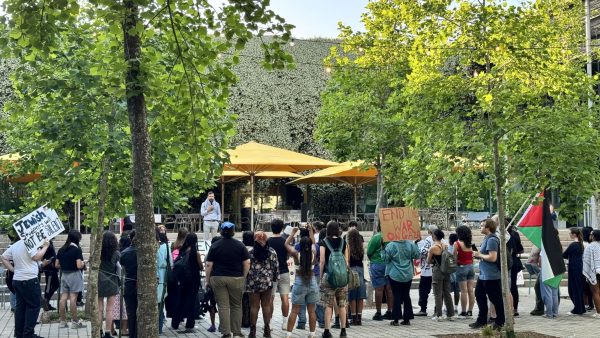
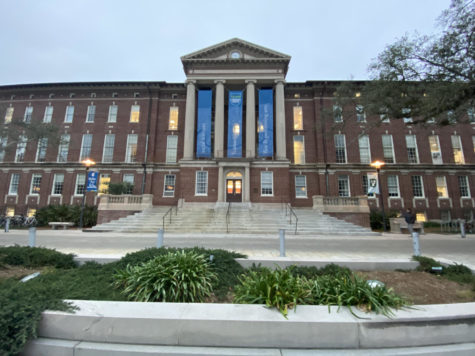
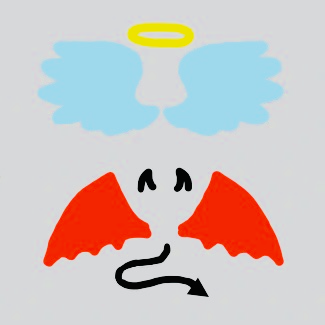






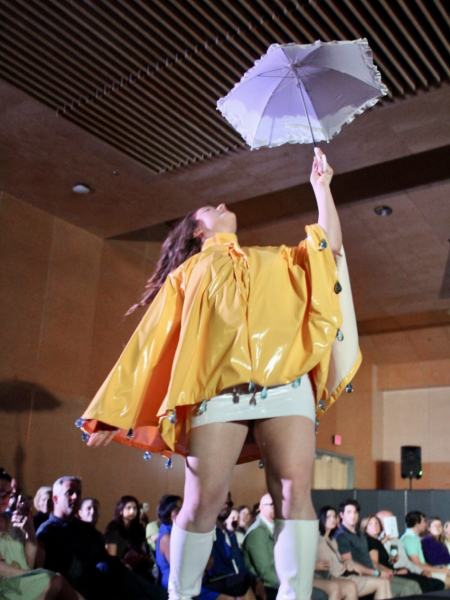
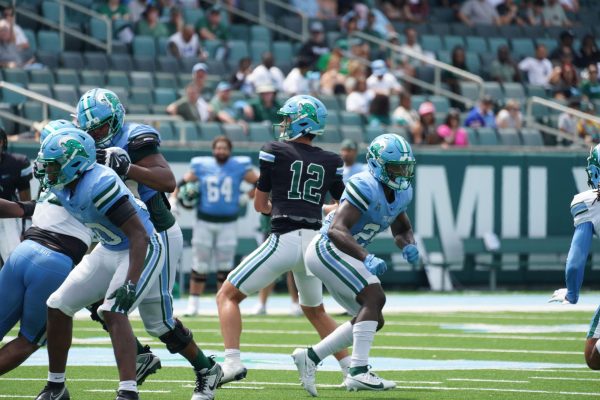


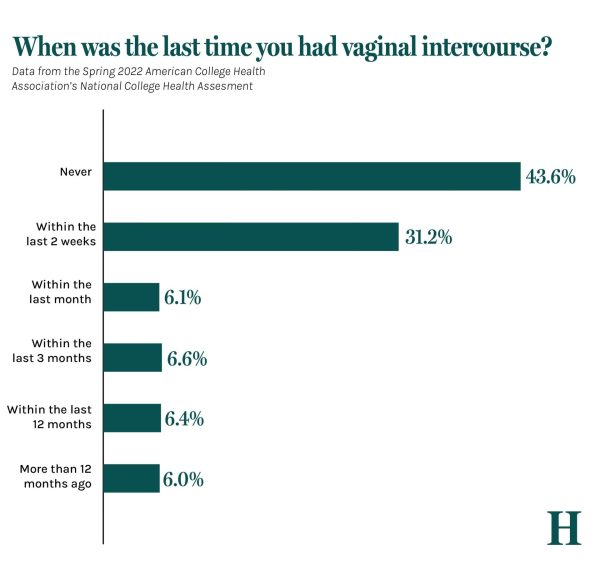






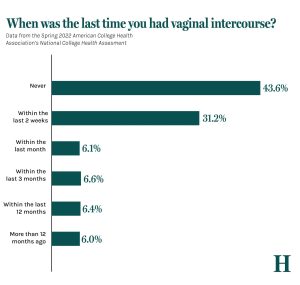

Leave a Comment